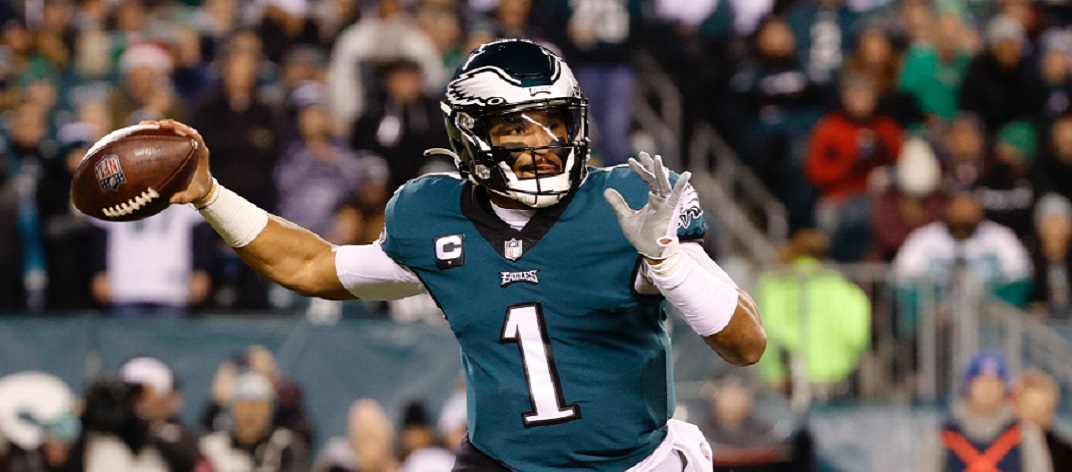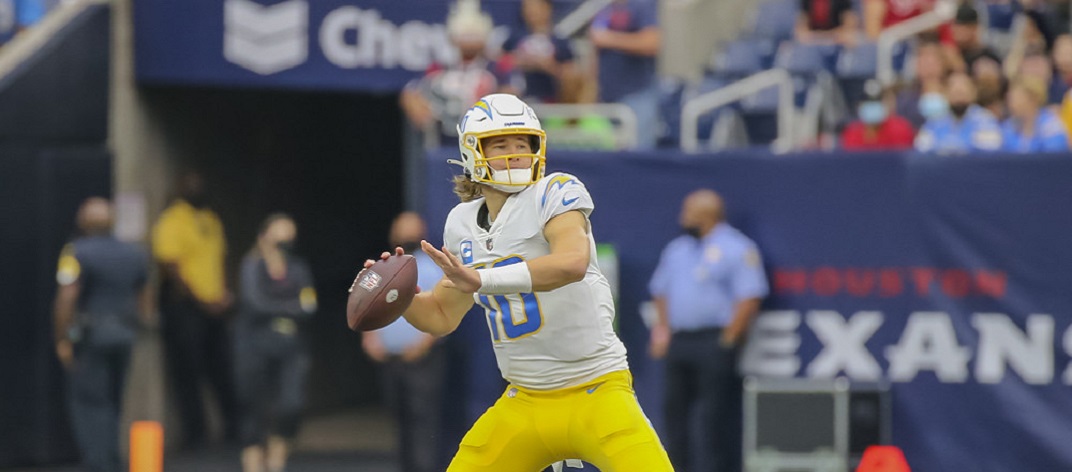Setting Your Starting Lineup
By Staff Writer John Belaska
Now that we have finished discussing what to look for in players we can move into the next phase of building your championship team. Setting your starting lineup will be something that you have to do continuously throughout the entire season. You will have to check this each week. Every week some new factor will come up that will make you have to tweak your staring lineup in order to get the most points out of it.
There are a number of factors that might make you change your starting roster. These can be things like injuries, bye weeks, or the caliber of the defense a player is facing. These are the most used in order to make a starting lineup. Of course, there are other things that can give you an idea of how a player will perform such as where the player is playing and even the weather. All of these factors will be explained in more detail in coming articles. For now we will focus on the basics of setting a starting lineup.

You are going to spend a very high draft pick on a running back like Marshawn Lynch. Never sit him!
The most important rule of thumb is to never sit you studs. Once again, your studs are the players you drafted in the first three rounds. Remember, you drafted these guys for a reason. You did not spend those high draft picks to have them sitting on your bench. The only reason these players should ever be benched is if they are injured or have a bye week. Otherwise, if they are playing in the game, they better be in your starting lineup. These players always have potential to have a great game. Never get discouraged if they have not performed up to expectations; they can go off at any time.
Typically you are always going to start the same quarterback and tight end regardless of who they are or who they are playing. This is because there are just not enough of them to find a quality replacement on the waiver wire. Therefore, you need to make a point of drafting good ones. These guys will more than likely end up starting for you all the time.
Certain leagues allow for a flex player. A flex player is a player who can be started, but they are not required to be of a certain position. Normally, you will be allowed to start either a running back or a wide receiver, but in some cases you are open to do whatever you like with your flex player. When you are open to do as you please, you should probably still start either a running back or a wide receiver. Flex players have a nice advantage. This is you speculative position. The flex player does not need to be a consistent player. It is advised that you start a player who has potential to put up a huge number of points. This is because your starting running backs and wide receivers should be able to make up enough points that if the flex starter performs terribly, you will still be put in a position to win.
Remember balance is everything. You want to balance you boom or bust players out with consistent choices. This is why you can gamble with your flex player and you always have to start your three stud players.
Running backs and wide receivers work like this. You have a number one and a number two running back and wide receiver. In leagues that do not include a flex player, you will normally have a third wide receiver. These numbers correlate to the individual players based on who is the best to the worst. You first running back is always better than your second running back. Though it makes no difference where a player shows up in the starting lineup it is always best to order them in this way for easier reference.

DeSean Jackson had a big year last year. He will be a low end first or high second wide receiver this season.
For first running back should have been drafted in the first round. Therefore, he never sits. The second running back should not sit if he was drafted in the first three rounds. If he was not drafted that high; then he is probably not good enough to be a week in and week out starter. If this is the case, starting him should be based on factors such as opposing defense and weather conditions. These factors should then be weighed against the same factors from your next best running back.
This works the same way with wide receivers. If you drafted a wide receiver in the first three rounds you should not sit him. Your decision on your second and third wide receivers should be very much dependent on who they are playing. Wide receivers are always available on the waiver wire. So instead of only comparing your potential starter against your bench wide receivers, you should also compare them to the options in your league’s free agency.
With both of these positions you want to have balance. You should always have at least one of the players for each position is a guy who is going to consistently produce. However, if you do not have that luxury, then you can combine all the players in both categories. This means that if you have the ability to have your running backs both be consistent producers but you are unable to have consistency out of any of your wide receivers; go with the most consistent backs and then go with the wide outs with the most potential to have a break out game. This should even be done if one of your running backs has the potential to produce a massive number of points, but you have two more consistent backs. In these types of situations always go with the more consistent running backs. This works the other way around as well.

James Starks was a high risk, high reward player last year. Players like this can not be counted on as week to week starters but can really help out in times of need.
The reason for doing this is to maintain a balanced starting lineup. By starting consistent players as well as potential breakout players, you will always be able to make up for certain individuals that produce a very low number of points. Your team should be able to make about the same number of points each week. If that average number of points is lower than the average number of points of other teams, then it is time to really start making some moves to improve your team.
Next time we will discuss how to make realistic expectations for your season. This is very important when it comes to setting your starting roster. It is also a good thing to keep in mind prior to drafting. Though we will touch on player expectations prior to the draft, the main focus will be on week to week expectations and the factors that you should base these expectations on.


